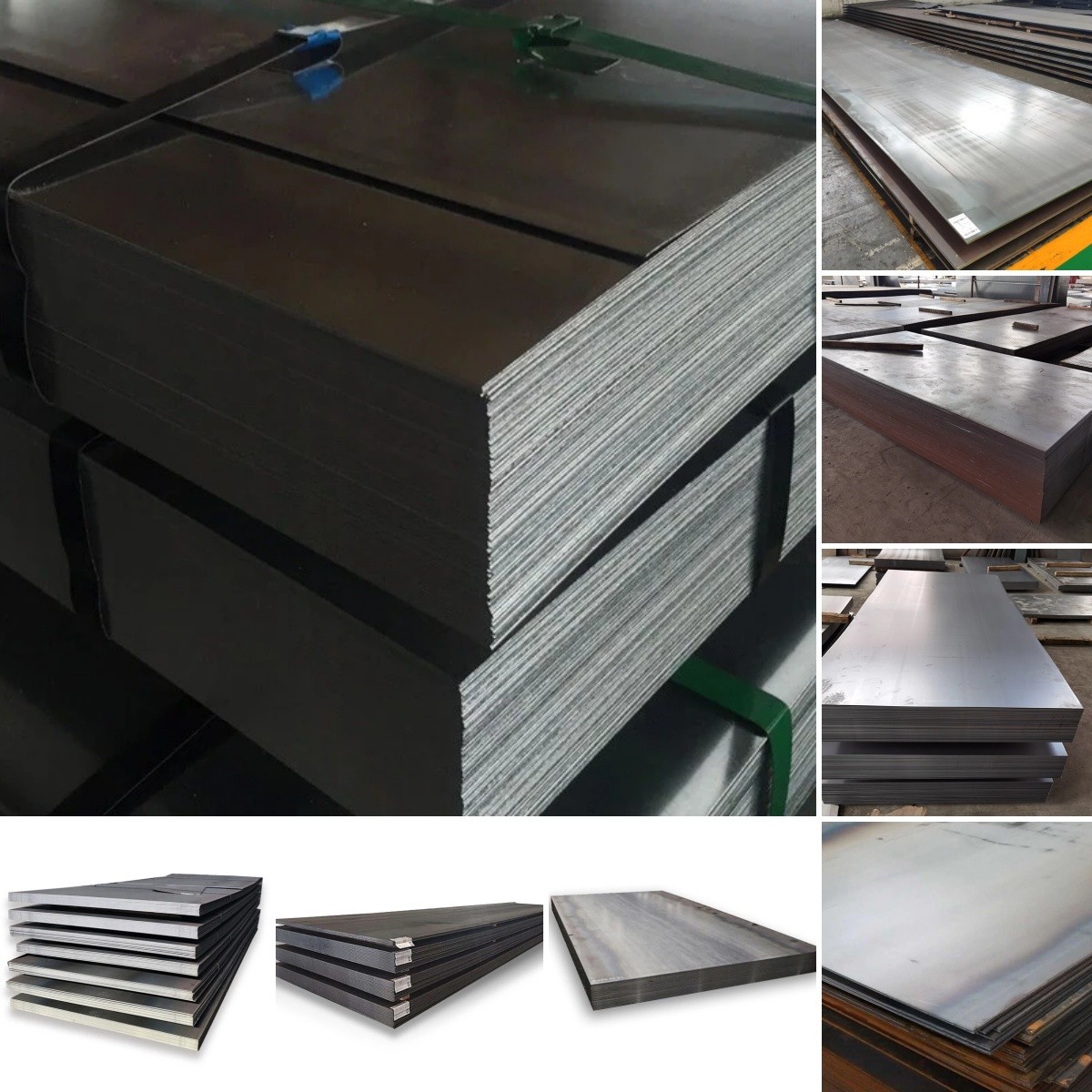NEWS
Carbon steel is one of the most widely used metallic materials in modern industry, found in everything from construction and bridges to kitchen utensils, automotive components, and oil pipelines. Its low cost, high strength, and excellent machinability make it a cornerstone of manufacturing. This article will delve into the properties, classifications, applications, and future trends of carbon steel.
1. What is carbon steel?
Carbon steel is an alloy primarily composed of iron (Fe) and carbon (C), with carbon content typically ranging from 0.05% to 2.1%. The addition of carbon significantly enhances the hardness and strength of iron but simultaneously reduces its ductility. Based on carbon content and performance differences, carbon steel can be categorized into three types:
Low-carbon steel (Mild Steel)
Carbon content: <0.25%
Characteristics: Good ductility, easy to weld and stamp, but lower strength.
Applications: Automotive bodies, wire, construction materials (such as reinforcing bars).
Medium-carbon steel
Carbon content: 0.25% to 0.6%
Characteristics: Balances strength and toughness, can be heat-treated for strengthening.
Applications: Mechanical parts (gears, shafts), rails, tools.
High-carbon steel
Carbon content: >0.6%
Characteristics: High hardness but brittle, requiring quenching treatment.
Applications: Springs, tools, high-strength tools.

II. The Five Core Advantages of Carbon Steel
Low Cost
Compared to stainless steel or alloy steel, carbon steel raw materials (iron ore, coke) are easily obtainable, the smelting process is simple, and the cost is 30%–50% lower.
Balance of Strength and Machinability
By adjusting carbon content and heat treatment (such as quenching and tempering), it can meet diverse requirements from flexible iron wire to high-strength bolts.
Welding and Forming Convenience
Low-carbon steel is particularly suitable for welding, bending, and stamping, making it the preferred material for sheet metal processing.
Recyclability
Carbon steel has a recycling rate exceeding 90%, making it an ideal material for green manufacturing.
Diverse Surface Treatment Options
Corrosion resistance can be enhanced through galvanizing, painting, or oxidation treatment to adapt to different environments.
III. Typical Application Scenarios for Carbon Steel
1. Construction and Infrastructure
Reinforcing bars (low-carbon steel): The skeleton of concrete structures, with global annual consumption exceeding 2 billion tons.
Bridges and steel structures: Medium-carbon steel provides tensile strength and durability.
2. Transportation
Automobile bodies (low-carbon steel): Accounting for over 50% of steel used in automobiles.
Ships and containers: Weather-resistant steel (containing trace amounts of copper and phosphorus) resists marine corrosion.
3. Industrial Manufacturing
Machinery parts (medium-carbon steel): gears, bearings, hydraulic cylinders.
Oil pipelines: API 5L standard carbon steel seamless pipes, resistant to high pressure and corrosion.
4. Daily Life
Kitchenware: high-carbon steel knives (e.g., Chinese cleavers) maintain sharp edges.
Household hardware: nails, screws, hinges, etc.
4. Challenges and Future Trends for Carbon Steel
1. Insufficient Corrosion Resistance
Carbon steel is prone to rusting and relies on coatings (such as galvanization) or regular maintenance. Solutions:
New coating technologies: Nano-ceramic coatings can extend lifespan by over three times.
Composite steels: Rolled with stainless steel to balance cost and performance.
2. Green Manufacturing Demands
Hydrogen-based steelmaking: Replacing coke with hydrogen to reduce CO₂ emissions (e.g., the Swedish HYBRIT project).
Short-process electric arc furnace steel: Recycling scrap steel reduces energy consumption by 60%.
3. Trend toward high performance
Microalloyed carbon steel: Adding trace elements such as niobium (Nb) and vanadium (V) to enhance strength (e.g., steel for automotive lightweighting).
V. Conclusion
Carbon steel, with its cost-effectiveness, adaptability, and sustainability, will remain a pillar material in the industrial sector for decades to come. With technological advancements, it is evolving from “traditional steel” toward “high-strength, corrosion-resistant, and green” applications. Whether in skyscrapers or precision instruments, the “steel backbone” role of carbon steel remains irreplaceable.
Consulting Bulk Order Discounts
Xincongbang Metal Products is committed to providing the most reliable and satisfactory steel and metal product solutions to global users.





















